In English courses, the worst possible homework assignment that every student dreads is the required reading. As a result, many LHS kids attempt to tackle this beast in a variety of ways. Some read every chapter, perhaps googling Sparknotes or the brave few choose the iconic gutsy approach of not reading at all.
Regardless, we decided to spare many from the misery of deciding which approach to choose, so we compiled 10 LHS required books rated from “Kill Me Now” to “This is Actually Good” so you, dear reader, can choose which book is worth your time.
Coming in at number 10 is “Oedipus” by Sophocles. Honestly, the first semester of English I is hard enough for freshmen. They have to figure out an entirely new school, with new teachers, rules and expectations. They do not want to read a play that most adults don’t even understand, with irrelevant themes and only one plot point that was clearly stated in the text: some guy (Oedipus) was in love with his mother. There are no lessons to be learned from reading this book, and it’s pretty disturbing. So, if you have the opportunity to read it individually instead of out loud in class, just look up the themes and plot points on Google.
A bit better than the first is “To Kill a Mockingbird” by Harper Lee at número nine. This book is required reading at LHS for English II. While written beautifully, this novel strays from what is thought to be its primary discussion. The brave story of Atticus Finch is only half told through the lens of a young girl named Scout. Racism is barely touched on, and the story’s relevance in today’s world falls flat. It is a mystery why high schoolers are forced to read a book that adds nothing to their current knowledge. On top of this, very little actually occurs in the book, making the story incredibly boring for a full 336 pages.
In the second semester of English I, giant textbooks sit on students’ desks, waiting to be opened to page 1027, where the 500-year-old love story begins. “Romeo and Juliet” falls into slot number eight. Shakespeare’s writing offers students examples of all the forms of figurative language they had to memorize in the fifth grade. This story was certainly not boring, but its significance is lost in all the pretty words. The play evokes strong emotions, but high schoolers will never understand the purpose or the message of the story. It is just a futile tragedy, with few lessons to teach readers, especially the ones who are just trying to pass a class.
At number seven sits an American classic (sadly much like the rest of these so far). “The Great Gatsby” by F. Scott Fitzgerald is required reading for AP Language and Composition along with English III. The novel is definitely easier to understand than the two plays, but the cynical idea of where a person starts in life is exactly where they’ll end and where they’ll always be is maybe a little too fatalist for eight in the morning. Despite an interesting discussion about American Culture and the 1920s, the characters and the plot seem two-dimensional. Of course, this is by design, but the book’s storyline still continues to bore. Fitzgerald made up a silly, tragic, boring story to put his thoughts into words without directly stating them. “The Great Gatsby” only has value because it contains the author’s perception of humanity. Without it, the story is about as boring as watching paint dry. If the book contained better characters or a better plot, it would’ve been higher on the list.
Next is “The Glass Castle” by Jeanette Walls in spot six. This autobiographical story about Jeanette Walls explores the topics of homelessness, sexual abuse, alcoholism, changing perceptions and family. This book is genuinely the one to make the reader think about their own lives and hardships, to closely examine the complexity of humans and life. This book would be higher on the list because of its unique angle of neutrality in each character, but spot six seemed fitting for a high school reading list. Although “The Glass Castle” delightfully explores the nuances of the human persona through the lens of a resourceful yet disadvantaged child, this book is arguably less understandable to a high schooler in relation to the other books on the list. If “The Glass Castle” was for 11th or 12th graders where its overtone would be picked up more effectively, it would likely have been more liked. Not saying 10th graders are dumb or anything, but coming from people who used to be 10th graders, understanding the nuance of human complexity was definitely not something I could wrap my head around as a sophomore.
Sitting pretty at number 5, J. D. Salinger’s “Catcher in the Rye” is a novel that most teens can relate to. From the “phoniness” of society to angst and detachment from others, the themes in Holden Caulfield’s story are made for high schoolers to analyze. A popular critique of the book is that it handles certain topics like suicide and mental illness somewhat insensitively, but it is told from the perspective of a frank 16-year-old who struggles with these issues himself. The novel is simply providing an honest story-telling experience. Overall, Salinger’s book is easier to understand, more aimed at teenagers and still has relevant discussions for high schoolers.
Moving up the ranks, Elliot Weisel’s “Night” occupies spot number four. Documenting the experiences of him and his father in the Holocaust, the memoir contemplates the ideas of humanity and faith through the eyes of the author as a Jewish teen boy subjected to concentration camps. This book is not for the sensitive, and although it has the same ideas as “The Glass Castle,” this book is about the Holocaust which is more familiar to teens due to learning about this event from a young age. As the author progresses through the story, the main character’s original innocence and faith in God slowly diminishes because of the horrors of concentration camps and destroyed families. This slow burn almost transports the reader, allowing us to feel and understand the author’s transforming emotions and perceptions as he slowly loses his faith. “Night” is a hard read, but a necessary one.
The summer reading for English I, number three is “All American Boys” by Jason Reynolds and Brendan Kiely, a novel that discusses police brutality and racism through the perspectives of two teenage boys on different sides of the story. One boy was unjustly assaulted by a police officer and one boy was the police officer’s brother. The thematic elements were easy to pick up on, and they enabled students to talk about an issue that is currently happening. This is a book that actually relates to modern issues teens face right now, and introducing “All American Boys” in 9th grade informs students properly about current social problems in our society before continuing their high school careers. Well-written, well-portrayed and well-targeted are the words that describe this fantastic book. 9th graders, you will enjoy this book, so please read it.
Another book I believe is worth reading is “Crying in H-Mart” by Michelle Zauner in second place. A case could be made for a lower ranking, but first, read the reasons for “Crying in H-Mart” being in second place and make your own conclusions. “Crying in H-Mart” is much more lighthearted than the other books listed, but the conflict still is troubling: the loss of a mother. This memoir has an incredibly unique storyline as it shifts from the present to the past while savoring all the small moments connecting the author and her mother together. Although it is about the author’s dead mother, it also critiques the relationship she had with her. This book revealed that her mother was not perfect, but neither was the author. It told the readers that they as people should be okay with that. Zauner’s take on the dead was refreshing. “Crying in H-Mart” is read in 11th grade, so this nuance is more comprehensible, and the writing is descriptively distinctive. This bittersweet message of imperfect relationships with those who have passed impacts the reader heavily. In short, I cried reading “Crying in H-Mart.”
In first place is “American Born Chinese” by Gene Luen Yang. Unfortunately for most, this graphic novel is only required reading for online English II, but it is by far the best book on this list. With three different subplots that all end in an unexpected twist, this story is the most interesting one you’ll find in an English course. “American Born Chinese” focuses on a young boy who struggles to accept the culture he was raised in and its clash with the American culture. The story of many immigrant children, or children of immigrants is told in this story from the alienation the main character experiences to the self-hatred he expresses along with the constant desire to change his very core to fit in. Following the three stories helps readers learn the true meaning of being themselves. Throughout high school, we read the same type of story, poem or essay. This book offered a new medium, a new perspective and an enticing plot. The message of the book will not be lost on its young readers. It is the total package (in terms of a novel) for high school students and even though you probably don’t have to read this book for school, you should definitely read it anyway.
The majority of books that teens are forced to read during high school are heavily centered around the past and as a result, the stories lose their relevance in meaning. Yet we still continue to read them as they get harder and harder to read. As humans, we prefer to look back on past events and think to ourselves that we as a species have learned something. We think it can never happen again and the time between now and then is enough for the story to not be too disturbing to teach in public schools. But this notion is quite wrong and it hurts more than it helps. The most important tales are the ones that change the way readers look at the world. It opens eyes and discusses topics that are prevalent in the society of today, instead of books that offer little insight into the social issues of other times. Books that are relevant to our timeline and force students into higher levels of thinking are few and far between in the curriculum. Sorry to break it, but “Romeo and Juliet” teaches high schoolers that if your family has a rivalry with another family, their children will fall in love and die as a result of their families’ greed. “To Kill a Mockingbird” explains the importance of mysterious next-door neighbors. “Oedipus” tells the story of a man who accidentally fell in love with his mother. None of this offers insight tailored to the real world.




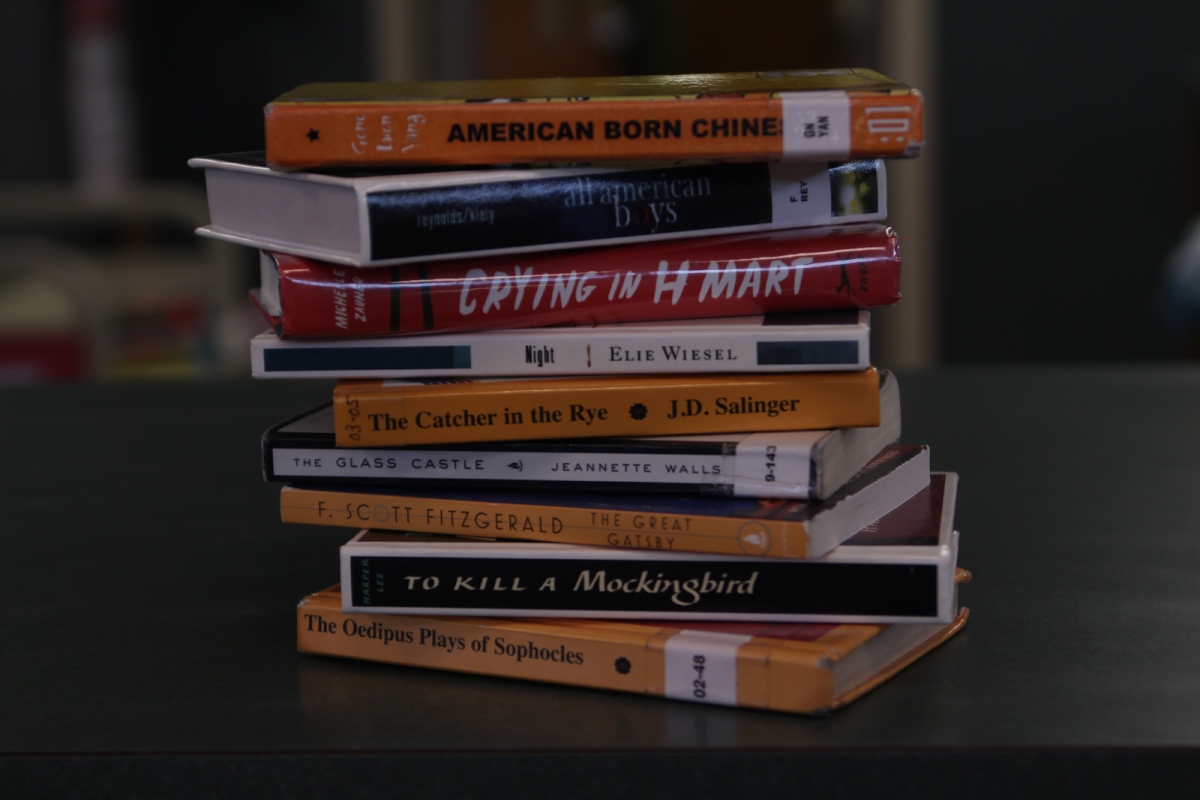
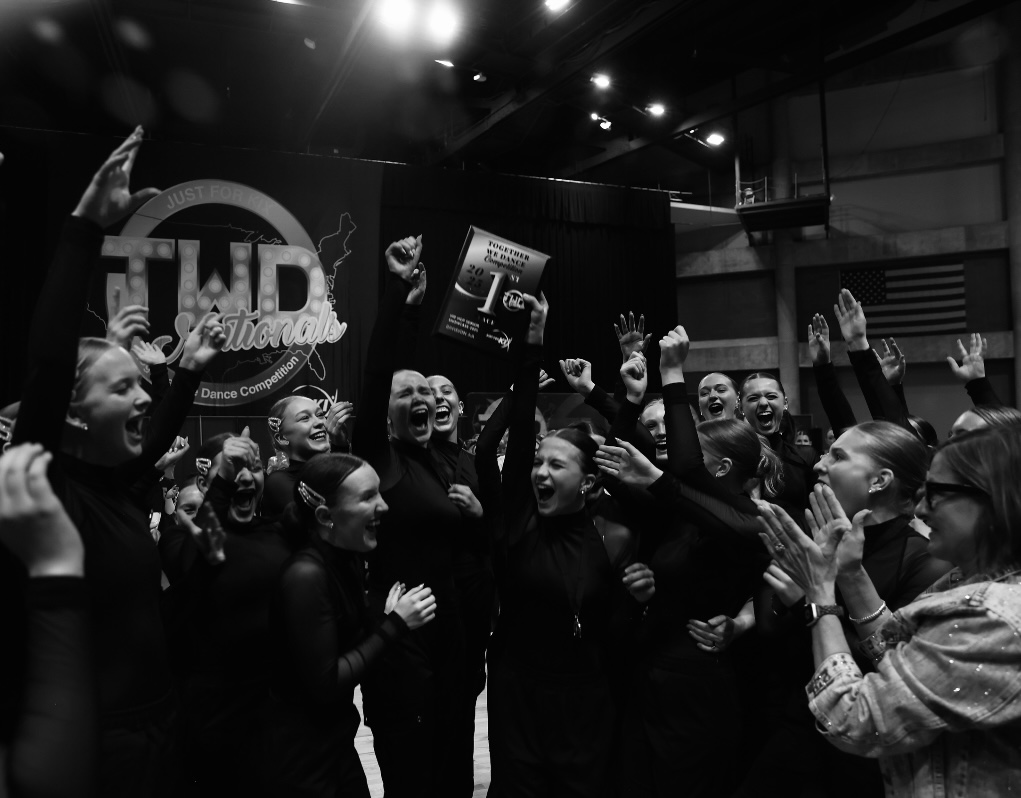

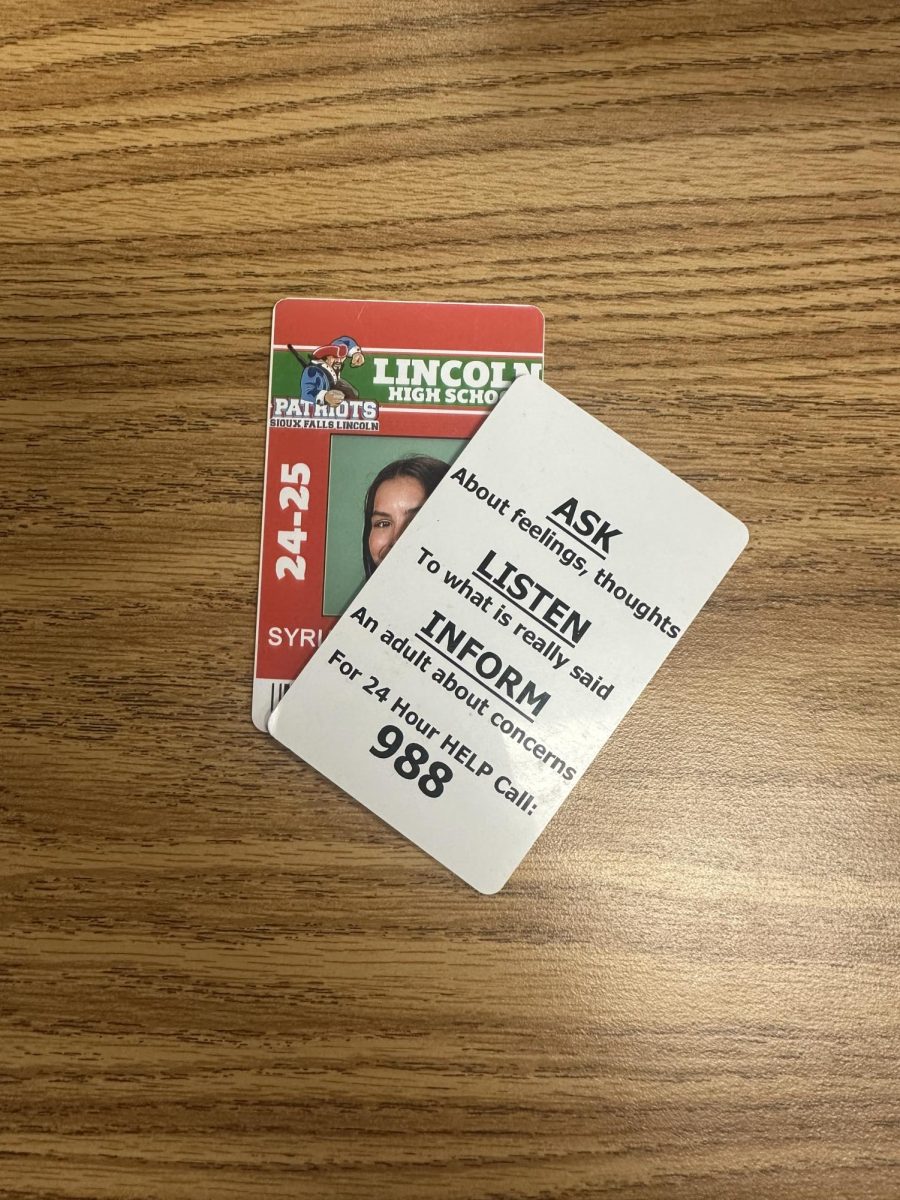



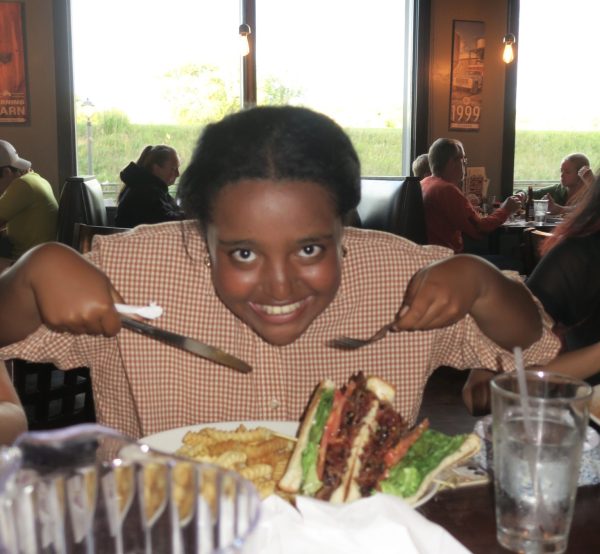
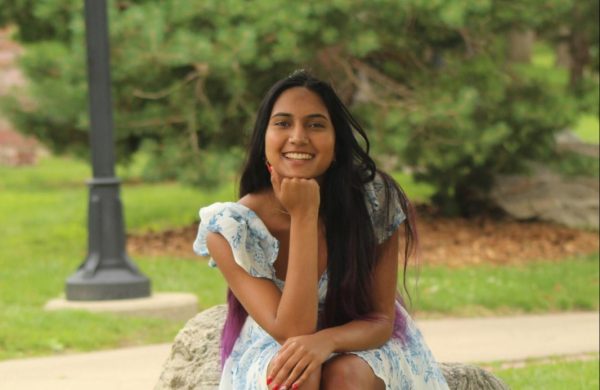
Nathan Thompson • Oct 6, 2023 at 9:27 am
Oedipus was not written by Homer. It was actually written by sophocles.
Indra • Oct 5, 2023 at 10:08 pm
Love this.